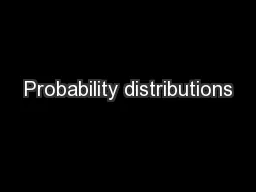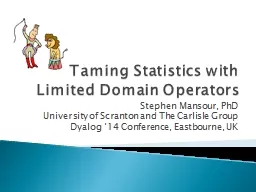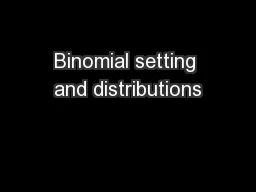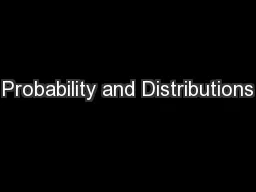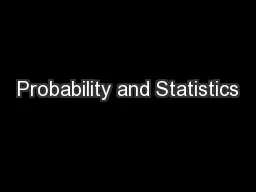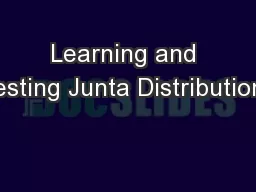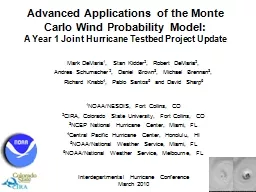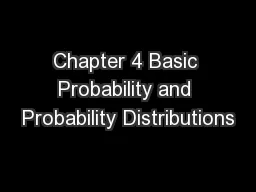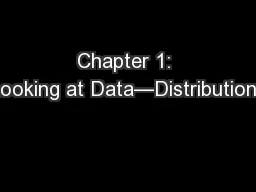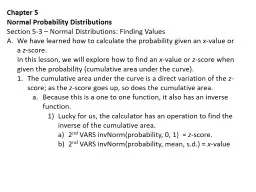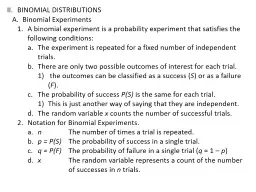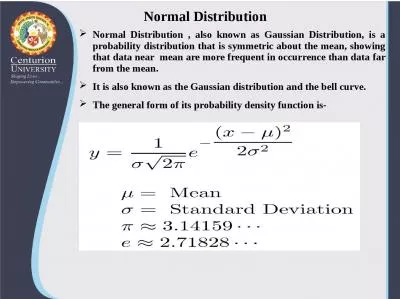PPT-Probability distributions
Author : luanne-stotts | Published Date : 2016-03-25
AS91586 Apply probability distributions in solving problems NZC level 8 Investigate situations that involve elements of chance calculating and interpreting expected
Presentation Embed Code
Download Presentation
Download Presentation The PPT/PDF document "Probability distributions" is the property of its rightful owner. Permission is granted to download and print the materials on this website for personal, non-commercial use only, and to display it on your personal computer provided you do not modify the materials and that you retain all copyright notices contained in the materials. By downloading content from our website, you accept the terms of this agreement.
Probability distributions: Transcript
Download Rules Of Document
"Probability distributions"The content belongs to its owner. You may download and print it for personal use, without modification, and keep all copyright notices. By downloading, you agree to these terms.
Related Documents

